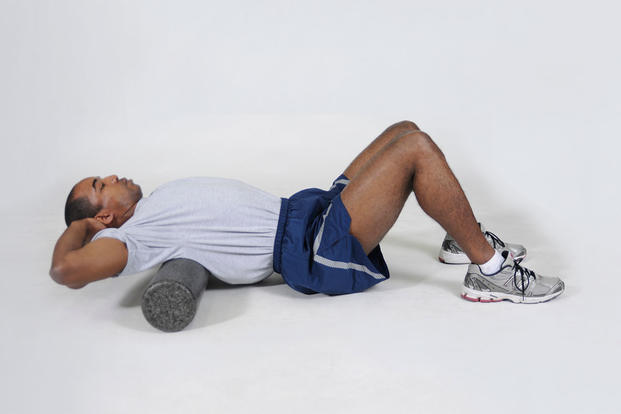Many veterans with back and neck pain are using yoga, meditation, and acupuncture.
Chronic pain affects over 100 million adults. The most common type of chronic pain comes from musculoskeletal conditions, including back and neck problems, and osteoarthritis. Many people suffering from pain turn to opioids, which has led to a national opioid "epidemic." Two years ago, nearly 2 million adults abused or were dependent on prescription opioids and about 15,000 people died because of opioids.
Some people use complementary and integrative health therapies to treat their pain. These therapies include things like tai chi, yoga, meditation, and acupuncture. They often can be used instead of or in addition to standard pain medications. Many people have used these complementary and integrative health therapies because they prefer to treat their pain without medications. For some of them, pain medications either don't work well or can produce unwanted side effects.
VA researchers recently discovered that almost a quarter of Iraq and Afghanistan veterans with back, neck, joint, or other chronic musculoskeletal pain who used the VA health care system during a recent three-year period used these complementary and integrative health therapies. The research team, based at VA medical centers in Los Angeles and Palo Alto and at RAND, found that meditation was the most common type of integrative health therapy veterans used, followed by yoga and acupuncture.
2016 Act mandates VA provide non-pharmacologic options
Many of these complementary and integrative health therapies have been available at VA medical centers throughout the nation for the past few years. However, last summer, Congress passed the Comprehensive Addiction and Recovery Act of 2016, which mandates these complementary and integrative health therapies be provided in VA to provide non-pharmacologic options to treat pain and pain's related health conditions. As such, the research team expects to find further increases in the use of these therapies as they become more widely available to Veterans.
VA researchers continue to look at trends in veterans' use of these therapies. VA studies are also generating knowledge about which therapies are most effective, for pain as well as for many other conditions affecting veterans of all eras.
For more information on VA research in these areas, visit www.research.va.gov/topics/cih.cfm and www.research.va.gov/topics/pain.cfm.










